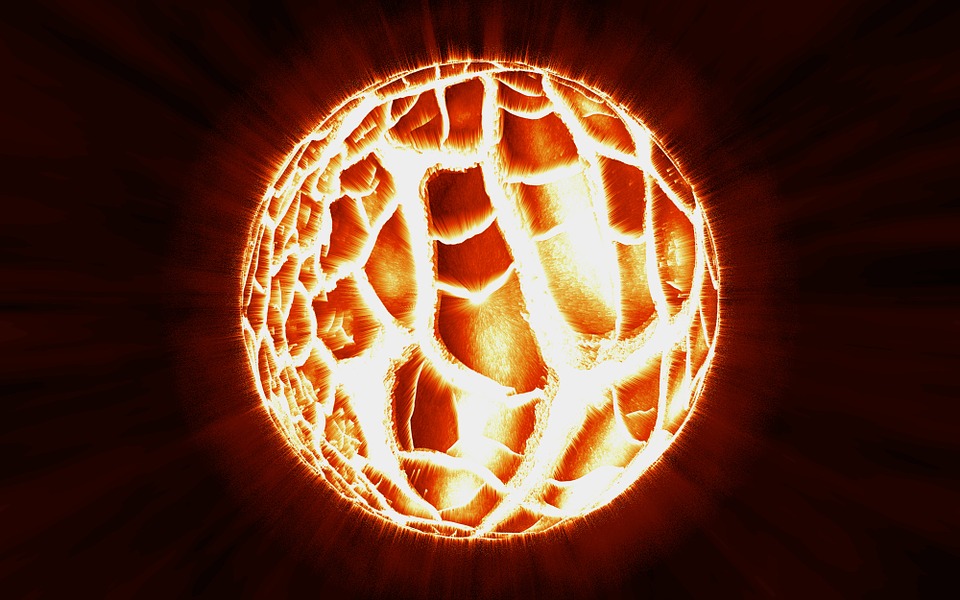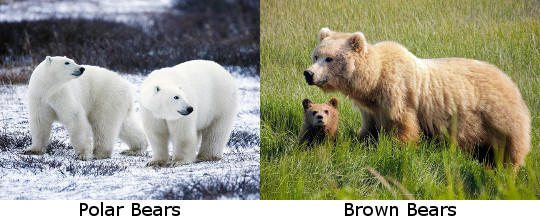Jonathan Swift? Samuel Taylor Coleridge? Alexander Pope? Théophile de Viau? Matthew Prior? Pierre de Ronsard? Scévole de Sainte-Marthe? Anonymous?
Question for Quote Investigator: According to legend a famous literary figure was accosted by a philistine who exclaimed that all poets were fools. The adroit spontaneous response provided a humorous comeuppance:
Sir, I admit your general rule,
That every poet is a fool,
But you yourself may prove to show it,
That every fool is not a poet.
These words have been credited to Jonathan Swift who wrote “Gulliver’s Travels”, Samuel Taylor Coleridge who wrote “Kubla Khan”, and Alexander Pope who write “The Dunciad”. Would you please explore this topic?
Reply from Quote Investigator: The earliest match in English known to QI appeared in the third volume of a collection called “Miscellanies” published in 1733. The preface was dated May 27, 1727 and signed by Jonathan Swift (1667 – 1745) and Alexander Pope (1688 – 1744). The following piece was labeled “Epigram from the French”:1
SIR, I admit your gen’ral Rule
That every Poet is a Fool:
But you yourself may serve to show it,
That every Fool is not a Poet.
Top modern references such as “The Yale Book of Quotations”2 and the “Oxford Dictionary of Quotations” have credited Alexander Pope,3 but these references also presented the label which suggested that Pope was translating a pre-existing French verse. Indeed, QI has located an earlier French citation as shown further below.
Here are additional selected citations in chronological order.
Continue reading “Quote Origin: You Yourself May Serve To Show It, That Every Fool Is Not a Poet”
